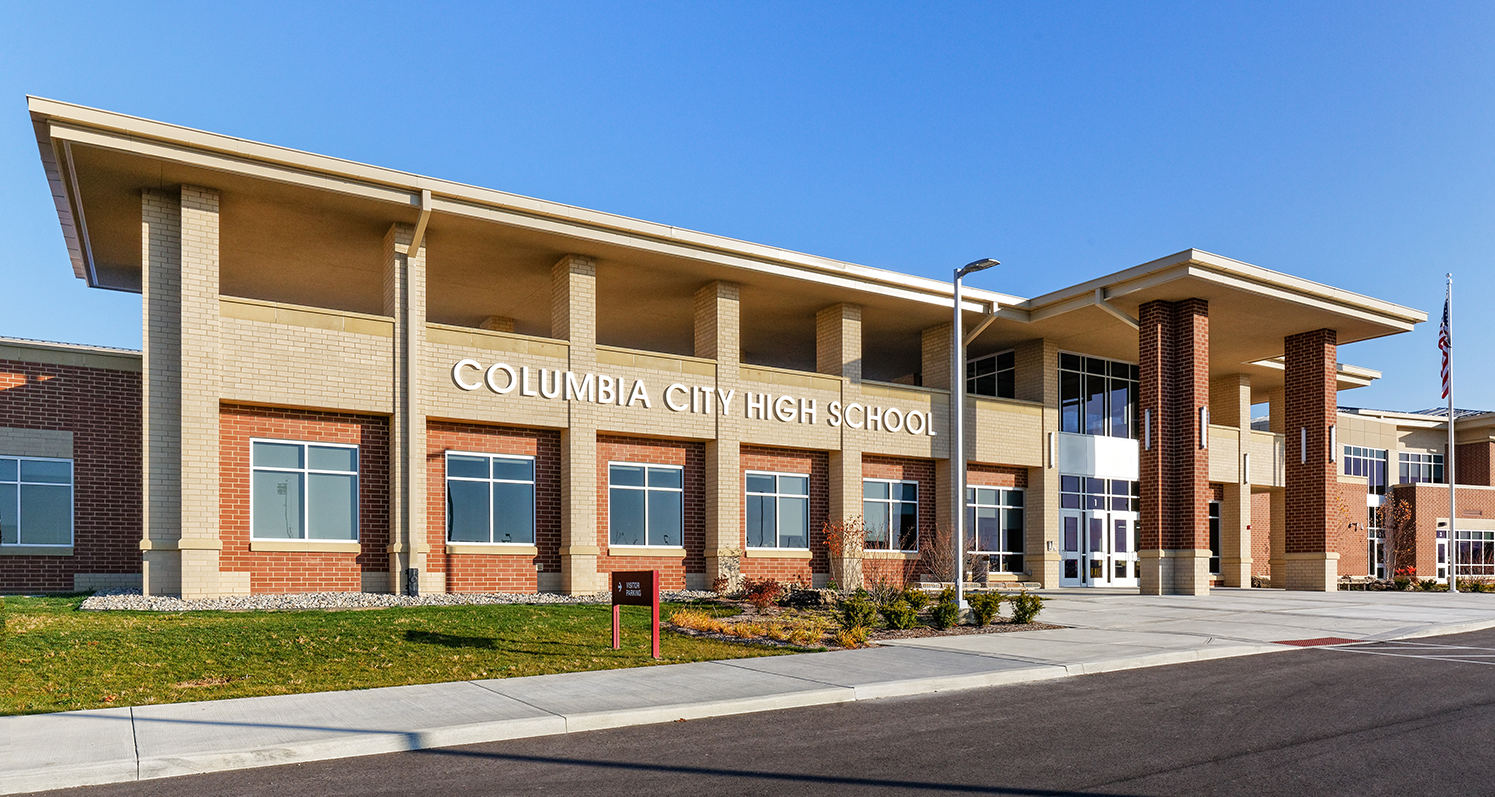The Effect of Institution Environments on Academic Success and Personal Health
The design of academic areas, including natural lighting and ergonomic furnishings, can boost students' concentration and comfort. Exactly how can schools tactically improve these facets to much better support their trainees?
Physical Design and Design
Exactly how does the physical layout and design of an institution impact scholastic success? The arrangement and visual of a school environment can significantly influence trainees' discovering end results.
All-natural lighting and effective ventilation systems are crucial in boosting cognitive function and minimizing absenteeism. Researches have revealed that class with adequate natural light enhance pupil concentration and lower sensations of sleepiness. Furthermore, ergonomic furnishings tailored to pupils' requirements can stop physical discomfort, permitting prolonged focus and involvement in scholastic activities.
Access to outside rooms and visually pleasing environments also play a crucial function - Save Temecula Schools. Environment-friendly areas and well-kept institution premises give possibilities for physical exercise and psychological leisure, both of which are necessary for keeping high degrees of scholastic efficiency. Essentially, an attentively designed physical environment can work as a driver for academic quality, fostering an environment that sustains both teaching and knowing
Classroom Environment
An environment that fosters a feeling of safety and security, inclusivity, and mutual regard urges pupils to involve even more proactively in their discovering processes. The atmosphere of a classroom, including aspects such as lighting, sound levels, and seating arrangements, can substantially impact trainee focus and inspiration.
Furthermore, the class atmosphere ought to sustain a culture of partnership and open interaction. They are much more most likely to involve deeply with the material and develop essential thinking abilities when students really feel comfy expressing their ideas and asking inquiries. Peer communications and group tasks can enhance learning by providing varied perspectives and fostering team effort
In addition, developing regular routines and clear expectations can develop a structured setting that allows students to concentrate on their studies. By decreasing unpredictability and providing a predictable structure, trainees can better manage their time and obligations. Ultimately, a positive classroom atmosphere not only improves academic efficiency but also contributes to the total wellness of trainees, preparing them for future instructional and individual undertakings.
Teacher-Student Relationships
Structure on the significance of a positive class environment, the connections in between educators and students play a crucial function in shaping scholastic success. A healthy teacher-student partnership promotes a learning environment where pupils feel valued, recognized, and sustained, which dramatically enhances their motivation and engagement. When pupils perceive their educators as friendly and empathetic, they are a lot more likely to take part proactively in course and seek aid when required, adding to a much deeper understanding of the topic.

Effective interaction is key to supporting these partnerships. Educators that utilize open, respectful, and consistent interaction develop a structure of depend on. This depend on enables trainees to reveal their concerns and ideas freely, promoting a collective discovering setting. In essence, strong teacher-student partnerships are a keystone of educational success, playing an go to this web-site essential role in both academic accomplishment and individual advancement.
Peer Communications
Peer interactions dramatically affect academic success by shaping a pupil's social and cognitive advancement. Favorable peer interactions can boost a student's motivation and involvement in academic tasks with joint discovering and mutual support.

Reliable peer interactions also add to the development of necessary life skills, such as interaction, problem, and collaboration resolution. These social competencies are crucial for both scholastic success and individual health, highlighting the relevance of cultivating positive peer dynamics within the institution setting.
After-school Activities
Involving in after-school activities plays a crucial duty in a trainee's academic success and personal advancement. These tasks, ranging from sporting activities teams to dispute clubs, offer pupils chances to refine valuable skills such as management, time administration, and synergy. Study consistently indicates that trainees that take part in extracurricular activities often tend to achieve higher academic performance. This correlation is frequently credited to the structured setting and the self-control required to balance both extracurricular and academic commitments.
Furthermore, extracurricular involvement cultivates a sense of belonging and area, which is crucial for personal wellness. Joining team activities enables trainees to build and strengthen social networks, boosting find their social and psychological intelligence. These communications are essential for establishing social skills that are useful in both future and academic expert settings.
Furthermore, extracurricular activities provide a useful electrical outlet for pupils to discover their interests and enthusiasms past the conventional educational program. This exploration can cause the discovery of new talents and possible career courses, further motivating trainees to engage more deeply in their academic work. Finally, the duty of extracurricular activities expands beyond simple leisure; they are indispensable to promoting a holistic academic experience that advertises both academic success and individual development.
Verdict
Thoughtfully created physical formats and class, other along with positive teacher-student partnerships and useful peer communications, dramatically boost student motivation and engagement. These aspects jointly highlight the importance of producing and maintaining optimum institution environments for the advantage of students' personal and scholastic development.
Eventually, a positive classroom atmosphere not just enhances academic efficiency however additionally contributes to the general well-being of trainees, preparing them for future academic and individual undertakings.
